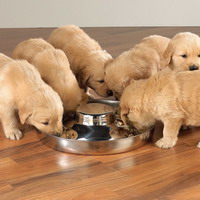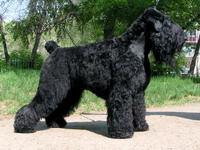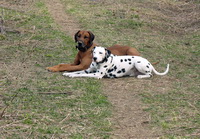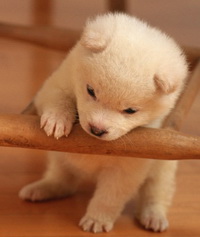Team Voice
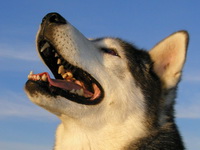 With a young dog, you can work out the command “Voice!”. This skill is very useful when working out methods of security training (for example, when a stranger is detected in a room or shelter or as a warning signal). Practicing exercises produce as long as the dog will not give voice in a variety of situations.
With a young dog, you can work out the command “Voice!”. This skill is very useful when working out methods of security training (for example, when a stranger is detected in a room or shelter or as a warning signal). Practicing exercises produce as long as the dog will not give voice in a variety of situations.
Representatives of more temperamental breeds who are accustomed to accompanying their actions with barking (for example, German, Scottish and Belgian shepherds, Dobermans, Airedale terriers, etc.), undoubtedly, are easier to train this team than “silent” (such as rottweilers and mastiffs). Continue reading
Team Stand
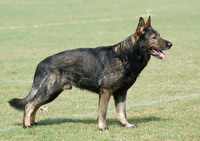 Performing the “Stand!” Command is necessary when the dog participates in competitions and exhibitions, and also practices during grooming, putting on special “ammunition” and veterinary examination.
Performing the “Stand!” Command is necessary when the dog participates in competitions and exhibitions, and also practices during grooming, putting on special “ammunition” and veterinary examination.
The first way. Use two leashes, one of which is fastened to the jerk chain around the dog’s neck, and the other is belted by the dog’s “waist” in front of the hind limbs. Give the command “Near!” And walk along with the dog a few steps. Continue reading
Sit Team
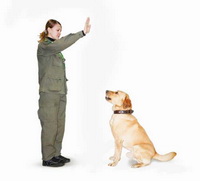 Usually the “Sit!” Team learns one of the first and becomes a small victory for a two-month-old puppy (see “Primary education of a puppy”). With the use of treats, you can work out the skill and the grown-up pet. However, the algorithm of the exercise should be more stringent. The dog is on a short leash, which the trainer holds in his left hand 20-25 cm from the collar. Continue reading
Usually the “Sit!” Team learns one of the first and becomes a small victory for a two-month-old puppy (see “Primary education of a puppy”). With the use of treats, you can work out the skill and the grown-up pet. However, the algorithm of the exercise should be more stringent. The dog is on a short leash, which the trainer holds in his left hand 20-25 cm from the collar. Continue reading
Team Ko me
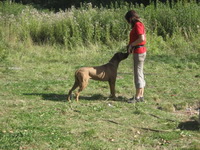 The team “To me!” From childhood should be associated with the dog only with pleasant sensations. Often, animals avoid performing this command, having even a single negative experience of approaching the owner. The little walking dogs who know that the approach to the owner on the “Ko Me!” Command is the same is a guarantee of the loss of freedom. Continue reading
The team “To me!” From childhood should be associated with the dog only with pleasant sensations. Often, animals avoid performing this command, having even a single negative experience of approaching the owner. The little walking dogs who know that the approach to the owner on the “Ko Me!” Command is the same is a guarantee of the loss of freedom. Continue reading
Team Near
 A young dog pulling on a leash is a familiar picture. This suggests that the owner missed the time when it was necessary to use a jerk chain. Many owners are very fond of strict collar – parfors. They put this metal “thorn” on the neck of a six-month-old puppy and believe that he will independently learn to walk near his left leg. However, this is not the case. The “Nearby!” Team needs to be worked out for a long time and carefully. You will never teach a dog to walk alongside if you neglect the “boring and tedious” daily repetition of special exercises. Continue reading
A young dog pulling on a leash is a familiar picture. This suggests that the owner missed the time when it was necessary to use a jerk chain. Many owners are very fond of strict collar – parfors. They put this metal “thorn” on the neck of a six-month-old puppy and believe that he will independently learn to walk near his left leg. However, this is not the case. The “Nearby!” Team needs to be worked out for a long time and carefully. You will never teach a dog to walk alongside if you neglect the “boring and tedious” daily repetition of special exercises. Continue reading
